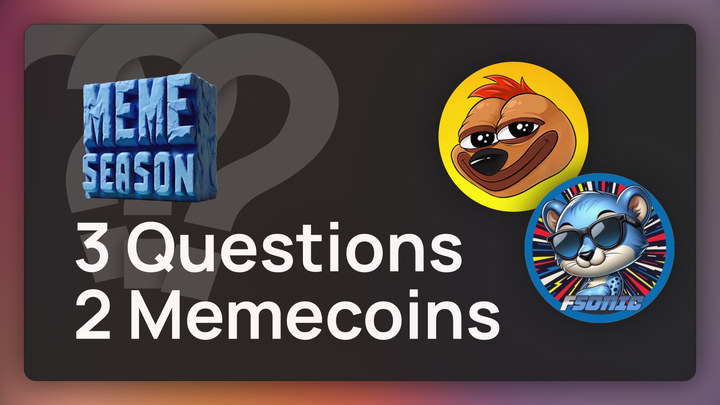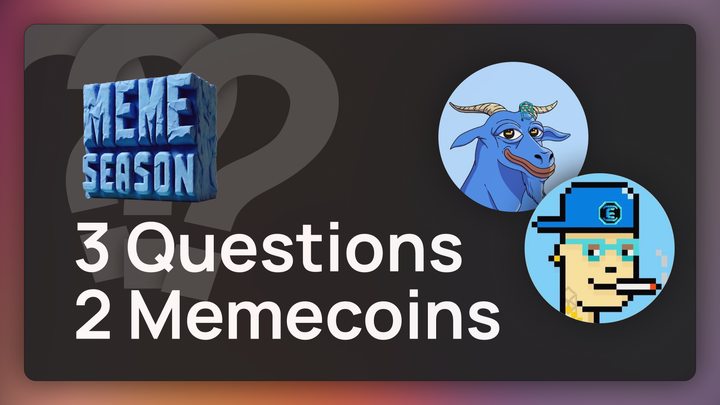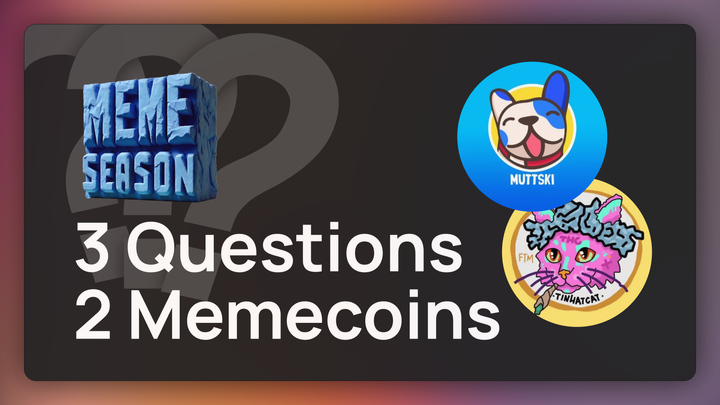Equalizer — Fantom Ecosystem Spotlight
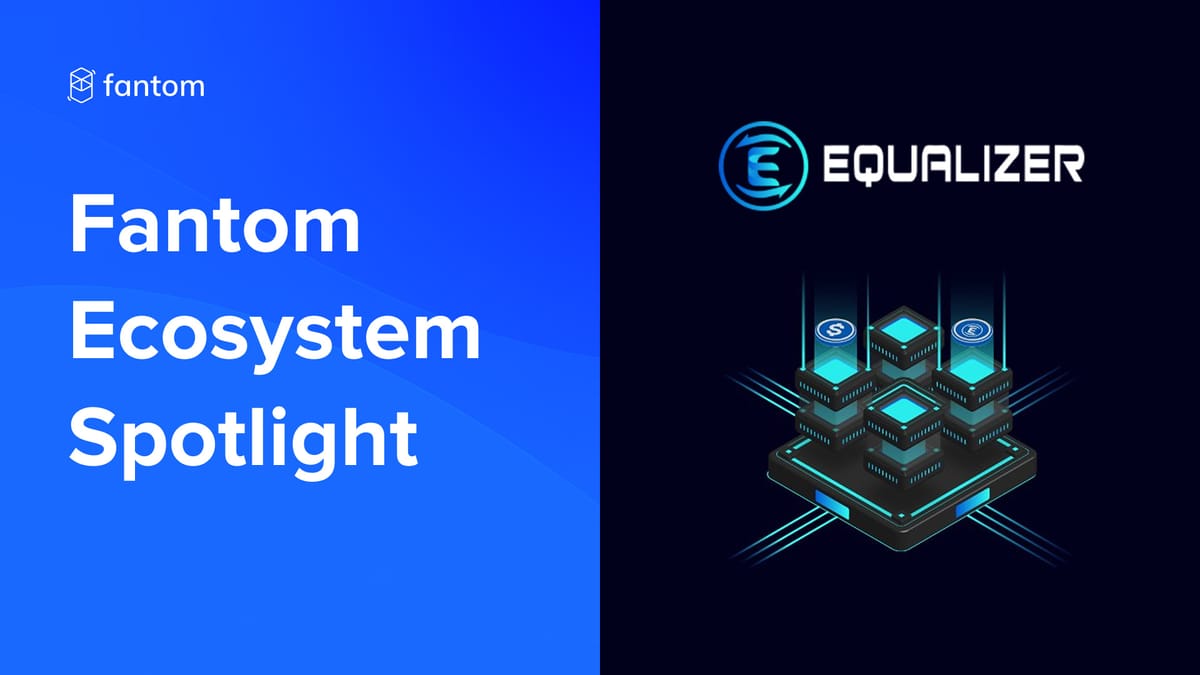
Welcome back to the Fantom Ecosystem Spotlight, where we present the many exciting projects on the Fantom platform. This time, we’re featuring Equalizer Exchange!
Read about their method of incentivizing liquidity with their own token, their approach to reward both liquidity providers and token holders, and their reasons for deploying on Fantom.
How would you explain Equalizer to a stranger at a party?
Equalizer is a decentralized exchange that operates similarly to traditional exchanges on which people trade stocks or crypto. A traditional exchange usually has an order book of people who wish to buy or sell certain assets, and the exchange profits from the trade fees. In our decentralized version, we operate this process automatically on the blockchain through pools of liquidity that we incentivize.
We then use all of the fees that come from these trades to give back to the holders of our EQUAL token. This is a very simplified version of what we do, though it outlines the basics of how we generate a revenue stream for the people that own our token.
So what is the Solidly model that Equalizer is based on?
Solidly was pioneered by Andre Cronje, the godfather of DeFi, who started with other projects like Yearn. Andre had the vision to revolutionize the traditional UNI v2 DEX and turn it into a flywheel. The basic principles are that you add utility to your token and incentivize the liquidity with this token. The token holders are then the governance holders but also the beneficiary of the fees.
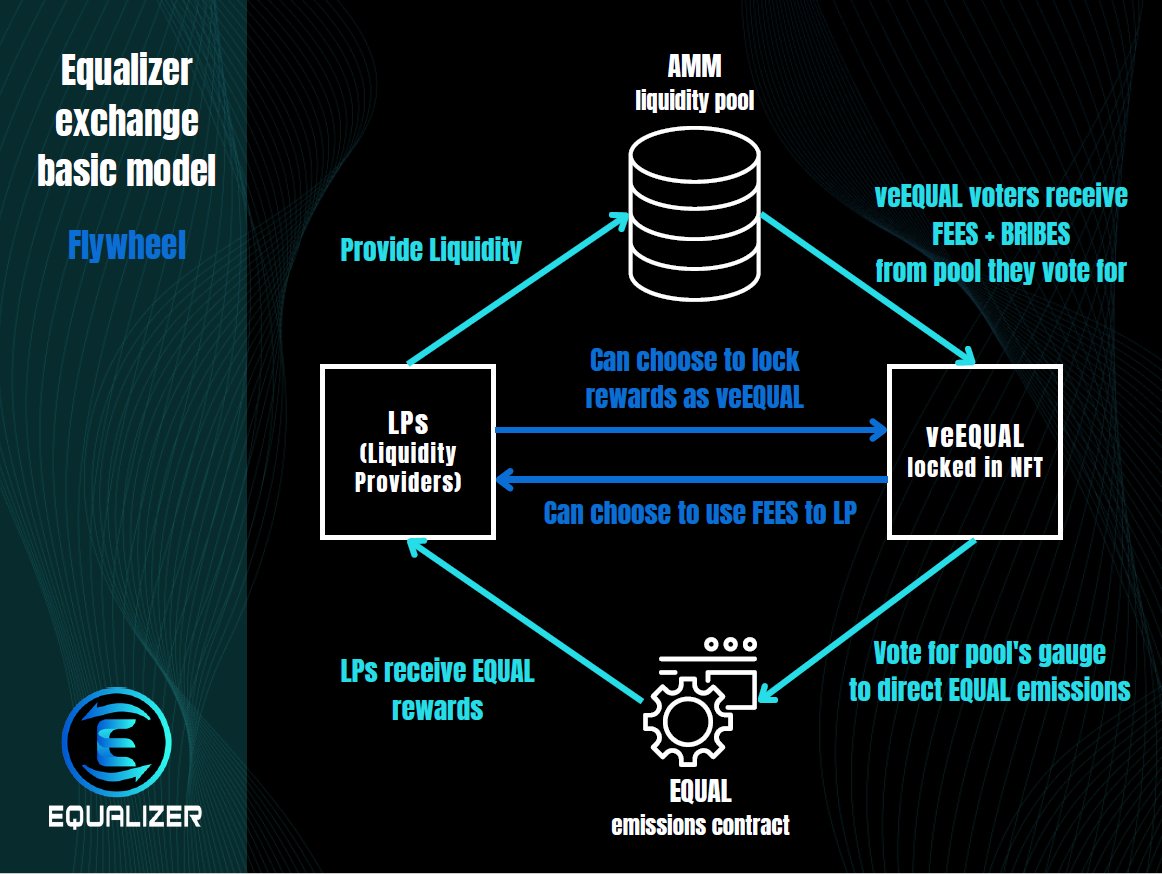
We really liked this model as it rewards the holders of your token and heavily incentivizes participation in your ecosystem. We felt that many tokens in crypto don’t reward with a yield for holding and this is the missing piece to incentivizing ownership and participation.
And how exactly do you incentivize liquidity with your token?
Let’s start with our tokens. EQUAL is our native emission token. It is minted each week at a set rate and issued to the liquidity pairings voted in by veEQUAL holders.
veEQUAL, on the other hand, is much more complex and is an ERC721 NFT. People lock their EQUAL into an ERC721 wrapper for a period of up to 26 weeks. This can then be used to vote on which specific liquidity pairings will receive emissions.
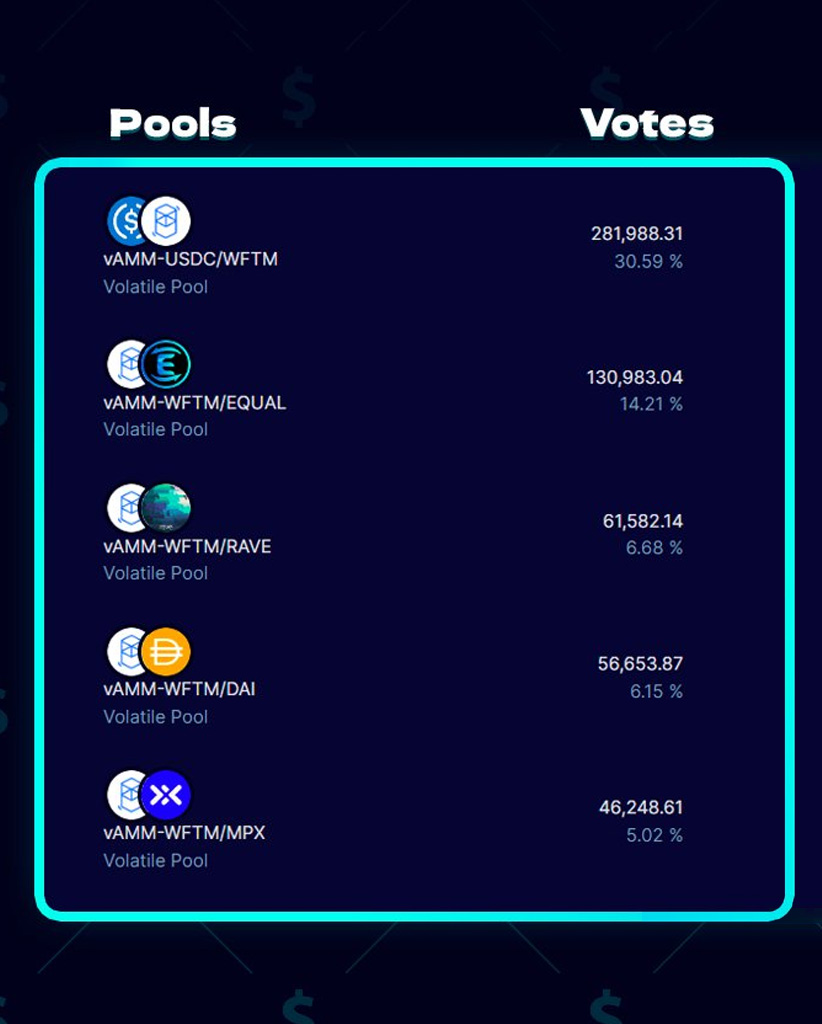
The more votes for a pool, the more EQUAL tokens the pool’s liquidity providers receive through emissions. In turn, more people choose to provide liquidity to that pool to receive these emissions, and as such, our token holders actively determine which pools on the protocol have the most liquidity.
So that’s how liquidity providers receive rewards as decided by veEQUAL holders.
So how are your EQUAL and veEQUAL token holders rewarded then?
Fees are generated every time a trade is completed on Equalizer. These fees are given to the veEQUAL holders who voted for the pool from which the fee originates!

Since that’s the case, our token holders actively choose the pools they think will get them the most fees, which makes a very dynamic DeFi environment.
veEQUAL holders are also rewarded by voting on pools with bribes, which are rewards given to holders for voting on inefficient or low liquidity pairings. Anyone can add a bribe to a liquidity pair to incentivize our token holders to vote for it, such as the creator of a token who wants more people to provide liquidity to their pool.
Given all this, why should a user choose Equalizer over other DEXs?
Equalizer is a liquidity hub and it has a well-balanced approach to its economic model, as we described above. This allows it to operate very efficiently and give low-slippage trades on volatile and stable pairings.
The model used is much more sustainable as the token holders are supported and this ensures that you know you will get an efficient trade.
Now let’s get into the story behind Equalizer. What are your core team members’ backgrounds?
Blake Hooper
(Founder - Business Manager)
Blake is a proven serial entrepreneur with long-term exposure and experience with Bitcoin, cryptocurrencies in general, and smart contracts.
His involvement in the DeFi space across all areas has given him the broad knowledge and expertise required to deliver a well-balanced decentralized exchange.
Additionally, Blake's background in the sales and marketing of software and managed services gives him the business mind and credentials to release a marketable and winning protocol.
Gorgory (DeFi Analyst & Community Manager)
Gorgory has a background in diverse areas of knowledge, with experience in both the corporate world and as an entrepreneur. As he fell through the crypto rabbit hole, he understood the importance of aligned incentives to reach a collectively desired outcome. His analytical mind and communication skills allow him to transmit complex ideas in a simple manner.
His broad range of experience across DeFi and NFTs translates to well-thought-out scenarios and an invaluable knowledge source for the community.
Jae Task (Frontend Lead Developer)
Jae is a full-stack developer who has very heavy experience in mobile-first front-end development. Jae has a heavy focus on user experience and is about serving fast and efficient interactions with software.
The skills Jae possesses are key to ensuring that we have all of our contracts and data readily available for users to interact with. With over 30 years of development experience, Jae is very confident in working through complex issues and making the best software possible.
543 (Lead Smart Contracts Developer)
543 has an extensive background and experience in computer science and programming. A full-stack developer with the ability to code a vision into an operational product. His involvement across FTM and Solidly in particular affords him the knowledge to create a complex exchange with complex mechanisms all operating together in unison.
With an ability to take a concept and turn it into a working moving mechanism that brings all areas of a platform together and with a user experience and security focus on every line of code.
Jeff (Creative Manager)
Jeff is a multifaceted creative with a rich background spanning from front-end app development to article writing, image editing, and video creation. With a strong passion for DeFi, Jeff made the bold decision to transition into a full-time career at Equalizer, leaving behind his role as a lead developer at a marketing firm
As a long-term participant in the Fantom and Equalizer ecosystem, Jeff has developed a deep understanding of the community and network dynamics. His diverse skillset, unwavering motivation, and keen understanding of the project make him a perfect fit for the team, capable of contributing across various areas as needed. With Jeff's expertise and dedication, he is poised to play a pivotal role in driving the success of the Equalizer project to new heights.
And can you describe one of the biggest challenges you faced during development?
One of the biggest challenges we faced is growing so fast that we overloaded our system. We have implemented lots of little changes to address this as we focus on a major overhaul. The biggest area of strength for us was to collaborate in the team and focus purely on the biggest wins for increasing system capacity.
Some of the toughest decisions we have had to make are not always improving or fixing every little thing a user finds but instead focusing on the big task at hand. You can easily be distracted by the noise, but with limited resources, you need to focus your time on the big wins!
Through your development journey, what has been your most memorable moment?
It’s hard to focus just on one moment as there are so many little moments that all compete for this position.
I would have to say the continual growth of the community and the positive feedback we continuously receive for building in a bear market and taking it with the best of them…
Why did you decide to deploy on Fantom?
Fantom was the home of the original primitive created by Andre Cronje. It was a logical choice as Equalizer is a complex DEFI protocol that requires lots of transactions and tasks to be completed. Fantom is a smooth network that runs very efficiently and has very low-cost transactions. This is well suited to our protocol and allows us to be efficient in the tasks users are required to perform.

Another big reason was that the Fantom market was underserved and required a player in the market that could adapt and reinvigorate the DeFi sector. DeFi operators are very quick to move to the new shiny thing and need to have an attractive place to operate. This enabled us to get a first-mover advantage and cement ourselves into the infrastructure with the highest level of tech and efficiency.
And how has the reception by the Fantom community been so far?
We have had a very good experience to date. The network has been reliable and supported our daily requirements. The Fantom community has been very receptive and has grown our user base exponentially. We have also been able to onboard a lot of new users to the Fantom network through our protocol.
What does the future look like for Equalizer?
Equalizer sees itself as the onramp to the Fantom network. We have a mission and developments in place to be able to serve an efficient swap on any asset on the network.

We are looking to go a step further and educate people about the advanced DeFi concepts used in our platform. Our goal is to support liquidity and efficient trading whilst teaching the broader concepts of DeFi to anyone interested.
Our development goals are set on improving user experience and having people of any skill level be able to easily interact with our system.
Do you have any advice for up-and-coming DeFi developers?
Get ready to work 24/7 and build out a team of quality individuals as fast as you can. The space is yearning for revenue-sharing protocols, and being able to reward token holders with revenue is key to becoming a dominant force in the next stage of the crypto world.
Thanks for all the great information! Where can we find you?
Our community is very active in Discord and we have loads of information from docs, dashboards, and even a full educational series on YouTube. Also, follow us on Twitter as it helps us keep people up to date.

